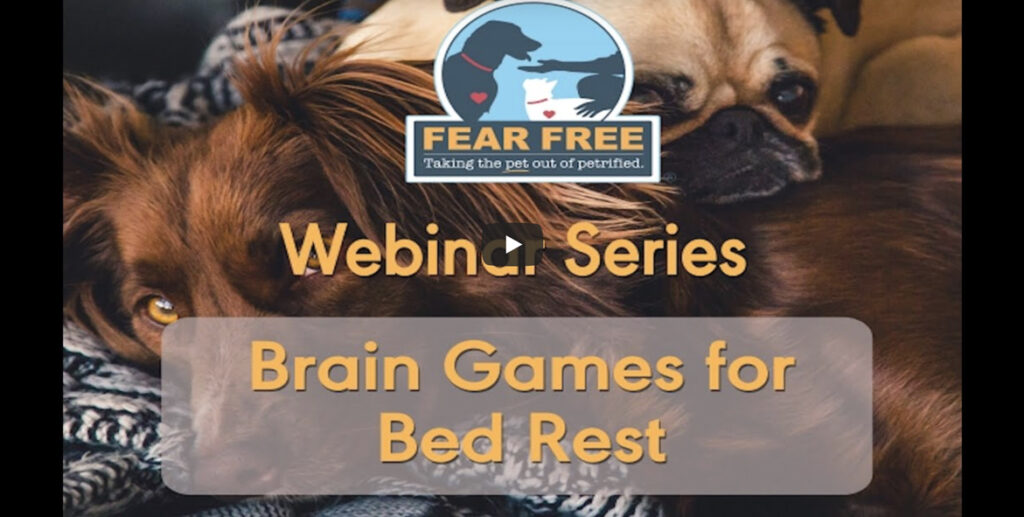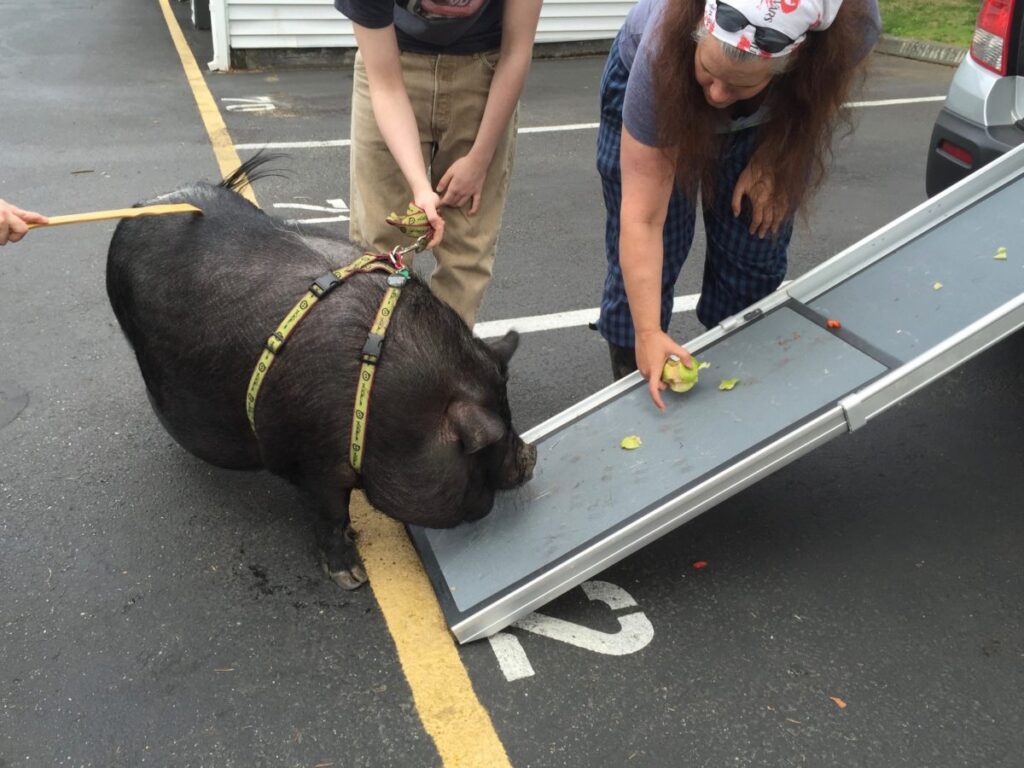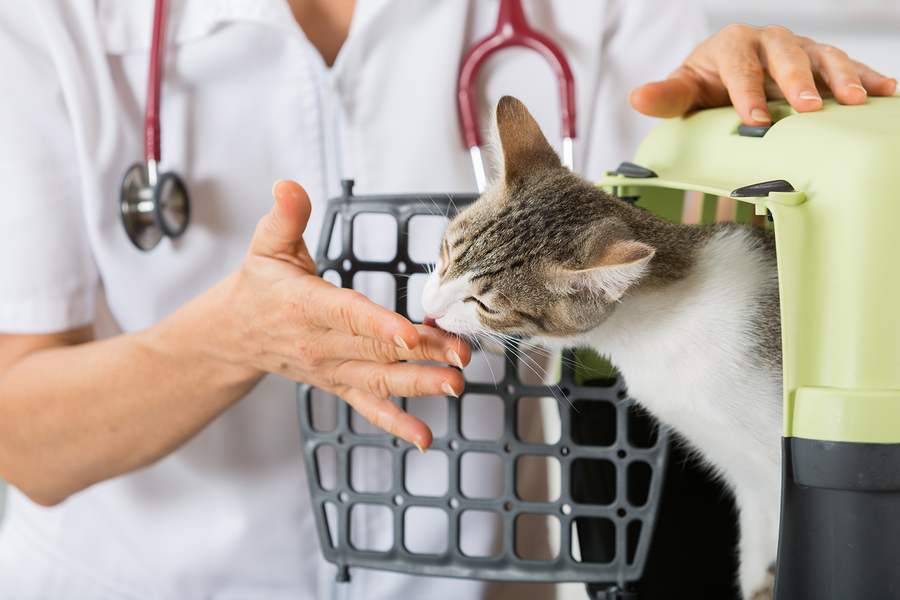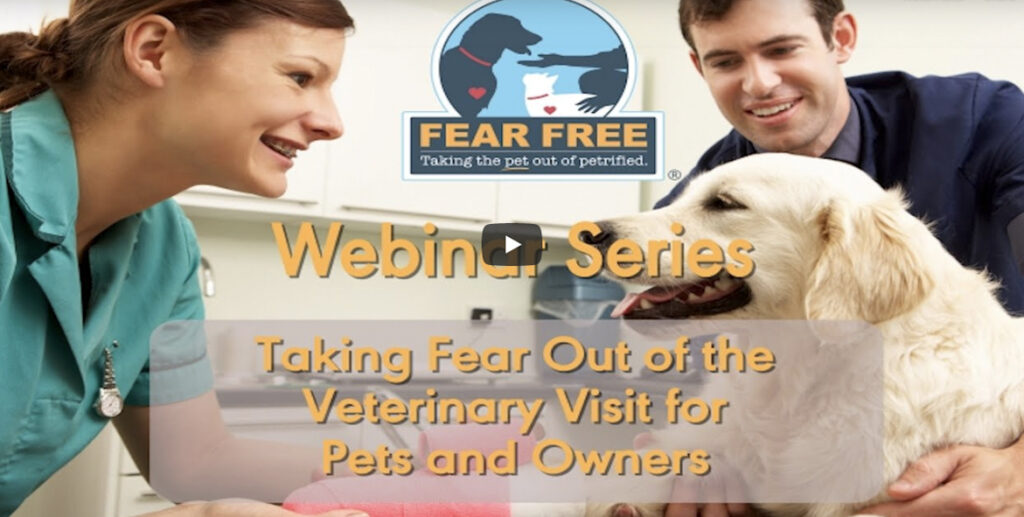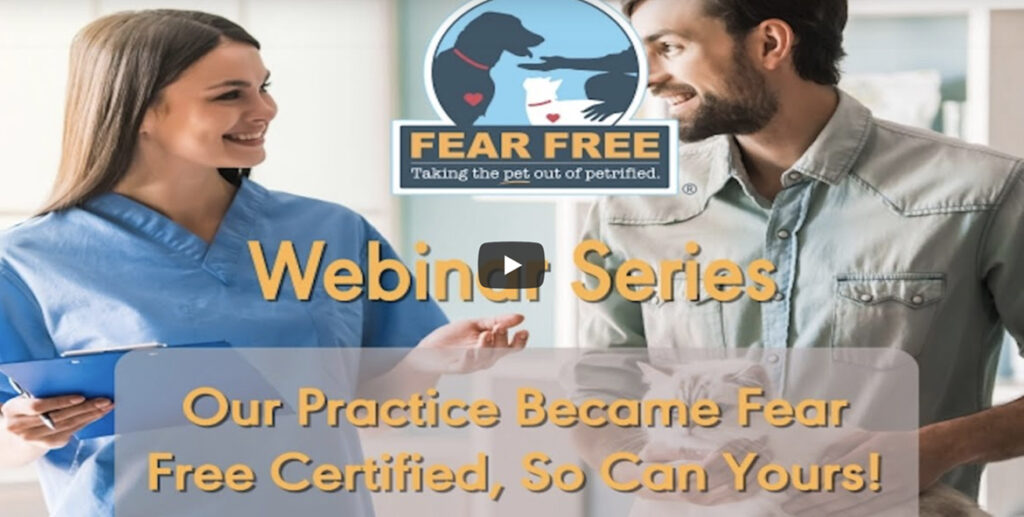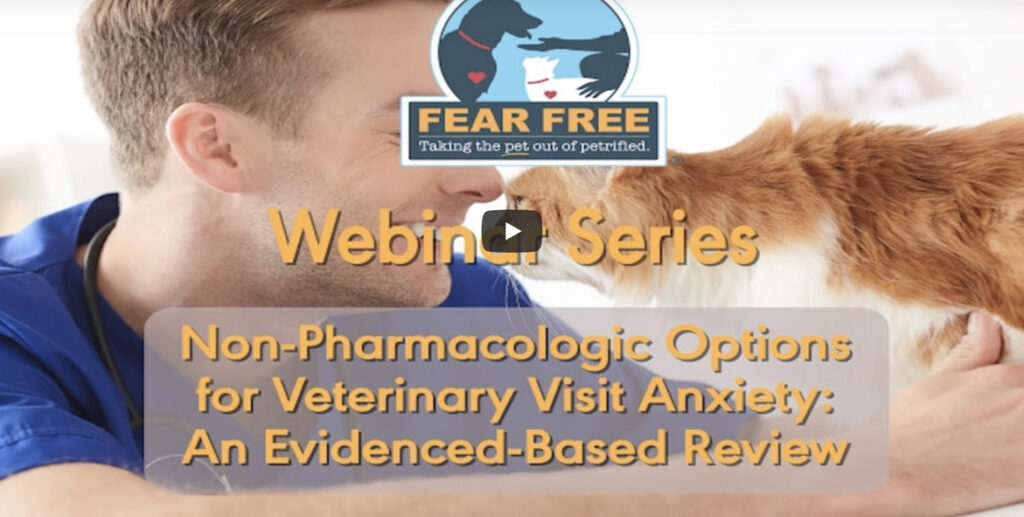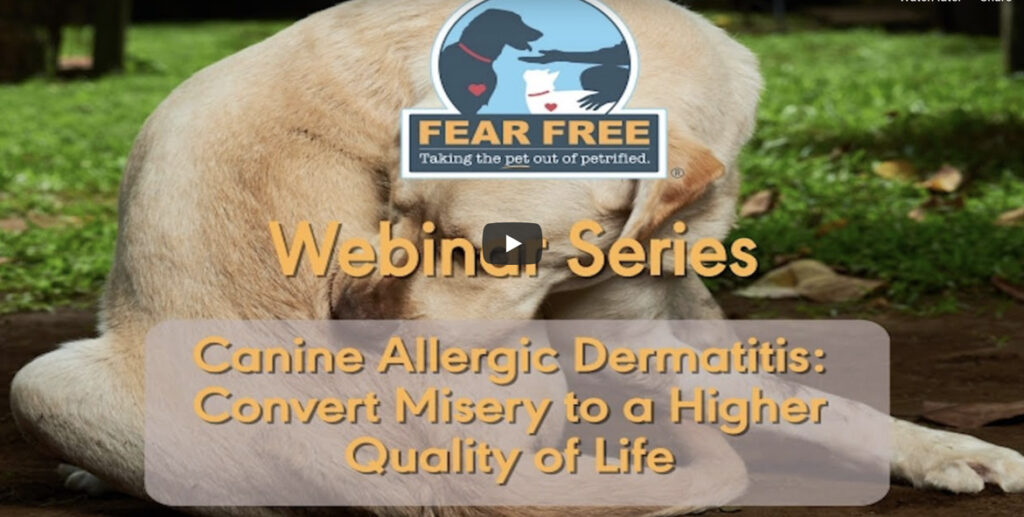Mikkel Becker
Fear Free is a concept that benefits both animals and the people working with them. This is especially evident when the animal being cared for is of tremendous size and strength, such as the pig patients of Fear Free certified professional Dr. Alicia McLaughlin at The Center for Bird and Exotic Animal Medicine near Seattle, Washington.
“When pigs are stressed, they communicate their stress very clearly, both vocally and with their body language, which can be very upsetting for their family and veterinary staff. When pigs are less stressed, their families are more relaxed, and their veterinarian is able to provide better quality medical care,” says McLaughlin.
Handle With Care
Coercive handling causes increased tension for everyone. Forced handling is also likely to create fear memories and aversions that make the pig more challenging to work with and create a greater safety risk for both pig and people.
“Pigs are very touchy about their bodies. Many don’t like being touched unless they are being scratched in certain areas. If they feel that any handling attempts are coercive, they’re likely to react strongly and negatively,” says McLaughlin. “Most pigs have an extreme dislike for restraint, having their facial area handled, or being picked up. Forcing a pig to remain still with restraint even momentarily for sedation can cause tension for everyone. Many will vocalize in distress when this handling occurs; with squeal decibels rivaling those made by a fighter jet.”
Most pigs who come in are open to the veterinary experience if the staff interacts in a way that signals they are friendly, not threatening. Encouraging the pig’s willing participation during care using treat rewards, setting a soothing care environment, and using calming aids are all approaches resulting in less stress and greater success.
Reading Porcine Body Language
Rewards and food aren’t the only things that work to keep pigs calm during Fear Free care. Carefully observing the pig’s body language for signs of fear, anxiety, and stress (FAS) throughout care is also key for keeping the pig in a calmer, more amenable state and for keeping both pig and humans safe in the process.
Signs of FAS in pigs include muscles tensing, shying away, lowering the head, moving into a corner, or finding security by moving their body next to a wall. In some cases, FAS may be subtle, with one potential indicator being the pig coming up to take treats, but then retreating to a safe distance immediately after the interaction. Loud squeals and excessive vocalizations are audible signs of a pig’s distress.
When in a state of FAS, pigs will attempt to avoid the situation and move away or hide. If pushed, though, pigs on rare occasions may try to bite. Biting is rare, a last-ditch escape effort from pigs who are responding to the situation as if they’re going to die.
Sedation Can Help
It’s far better to note early signs of FAS and make ongoing adjustments to keep the pig calm than it is to risk escalation and the creation of fearful memories of the experience. Sedation isn’t a last resort for pig care, but a protective practice used early and often when it comes to reducing the FAS pigs experience. In many cases, full sedation is recommended to eliminate the distress and ensuing struggle that could otherwise occur if the pig becomes upset. But before jumping immediately to sedation, Dr. McLaughlin is careful to make the sedation itself as non-stressful and Fear Free as possible.
Sedating a pig can be tricky, especially since most pigs are averse to having their faces touched or to being held in place even momentarily. It’s important to Dr. McLaughlin to keep sedation minimally stressful. Oral pre-sedation medication, such as Valium that’s ground up and placed on food, can take the edge off before sedation. With pre-sedation medication on board, the pig is often calm enough to tolerate minimal restraint while a gas mask is placed over the face. No more than a minute later, the pig is out and ready to be cared for.
“Time pressures can result in handling and care being more coercive than we want it to be. There is something to getting it done quick and dirty. But there are long-term effects that go with that and it’s not my preference to do that,” says Dr. McLaughlin.
This article was reviewed/edited by board-certified veterinary behaviorist Dr. Kenneth Martin and/or veterinary technician specialist in behavior Debbie Martin, LVT.
Mikkel Becker, CBCC-KA, CPDT-KA, KPA CTP, CDBC, CTC, is lead animal trainer for Fear Free Pets. She is a certified behavior consultant and trainer who specializes in reward-based training that’s partnered closely with the pet’s veterinary team. Mikkel is coauthor of six books, including From Fearful to Fear Free.
